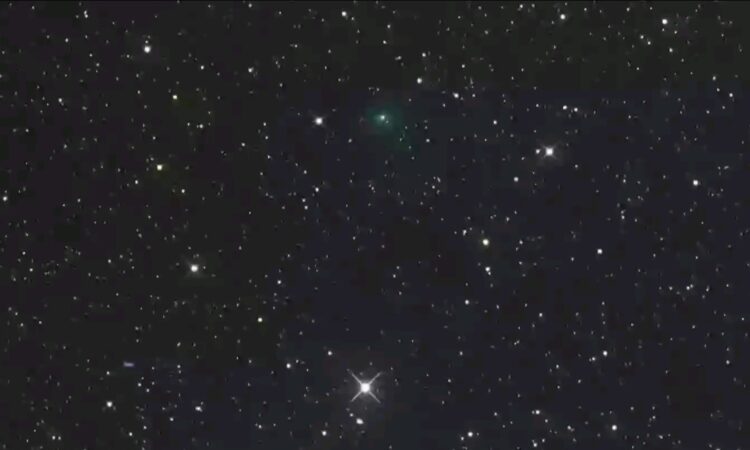Harvard scientist speaks out after mysterious space object heading our way appears to suddenly change color

Scientists are paying close attention to a mysterious object that has entered our solar system from deep space, and what makes it even more fascinating is that it recently began to change color.
The object, officially named 3I/ATLAS, was first spotted in July 2025 by the ATLAS survey telescope in Chile, which is funded by NASA. It is only the third known interstellar visitor ever discovered, meaning it didn’t come from our solar system at all but traveled from far beyond.
The first two such objects were ʻOumuamua, seen in 2017, and 2I/Borisov in 2019. Unlike them, this newcomer is much larger—scientists estimate it to be about seven miles wide, making it the biggest interstellar object ever detected passing through our cosmic neighborhood.
Researchers quickly identified 3I/ATLAS as a comet. Like other comets, it has a glowing coma—a halo of dust and gas—as well as a long, streaming tail. These form as the Sun heats the comet’s icy surface. At first, the comet appeared red in every observation. But as it drew closer to the Sun, scientists noticed a dramatic change: the comet began to glow green.
According to Harvard professor Avi Loeb, the color shift may be linked to the release of cyanide gas. As the Sun warms the comet, it triggers chemical reactions that cause gases and particles to escape, and in this case, cyanide seems to be playing a major role in producing the green glow.
NASA’s James Webb Space Telescope, along with the Hubble Space Telescope and other observatories, has been closely studying the comet. Their findings revealed that its gas cloud contains mostly carbon dioxide, but also carbon monoxide and water vapor.
Interestingly, as the comet got closer to the Sun, its brightness pattern changed. When it was far away, it reflected sunlight off reddish dust. But nearer to the Sun, it started releasing icy grains that scattered light differently, creating the glowing green appearance.
Even more surprising, new data from the Very Large Telescope in August 2025 showed a sharp rise in cyanide gas and nickel—without the usual presence of iron. This strange mix of elements is unlike what scientists normally see in comets from our solar system, making 3I/ATLAS stand out as something rare and unusual.
Because its path lines up closely with the ecliptic plane the same flat plane where planets orbit it is easier for astronomers to track. But they won’t have long to study it. The comet will swing closest to the Sun around Halloween 2025 before disappearing back into interstellar space, never to return.
For anyone fascinated by the mysteries of the universe, this is a once-in-a-lifetime chance to witness a true visitor from the stars. If you want to catch a glimpse of 3I/ATLAS, keep an eye on the skies before Halloween this cosmic traveler won’t be coming back.




